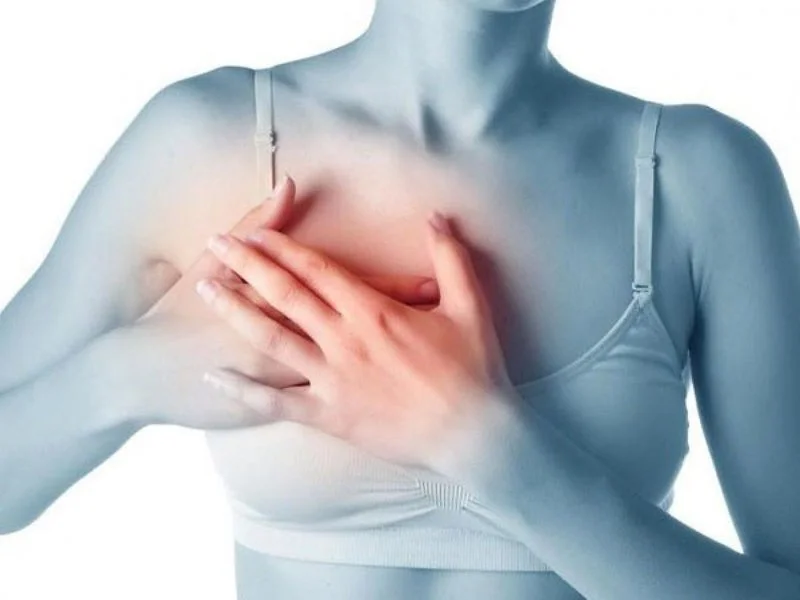
Light House Denver – Breast cancer is one of the most common and potentially dangerous types of cancer affecting women worldwide. This disease occurs when cells in the breast tissue grow uncontrollably and form malignant tumors. Although breast cancer is more common in women, men can also develop it.
Breast cancer can develop in various parts of the breast, including the milk ducts (ductal carcinoma), milk-producing glands (lobular carcinoma), or surrounding connective tissues. Early detection and proper treatment are crucial in increasing the chances of recovery.
The exact cause remains unknown, but several risk factors may increase the likelihood of developing this disease.
“Continue Reading: Yelling at Children, Negative Effects and Impact on Mental Health”
Individuals with a family history of breast cancer have a higher risk of developing the disease. Specific genetic mutations, such as BRCA1 and BRCA2, are strongly linked to an increased risk.
The risk increases with age. Women over the age of 50 are more vulnerable to developing the disease.
The symptoms of this cancer may vary from person to person. Some early warning signs to watch out for include:
If any of these symptoms appear, seeking medical attention immediately is essential for further examination.
While not all risk factors can be controlled, several steps can help reduce the chances of developing breast cancer, including:
Excess weight after menopause can increase breast cancer risk due to higher estrogen production in the body.
Women who breastfeed their babies for several months have a lower risk of developing this cancer, as breastfeeding helps reduce estrogen levels in the body.
By understanding breast cancer risks, symptoms, and preventive measures, individuals can take proactive steps to maintain breast health and detect any abnormalities early.
“Read More: The Importance of Theater Arts for Children’s Development”